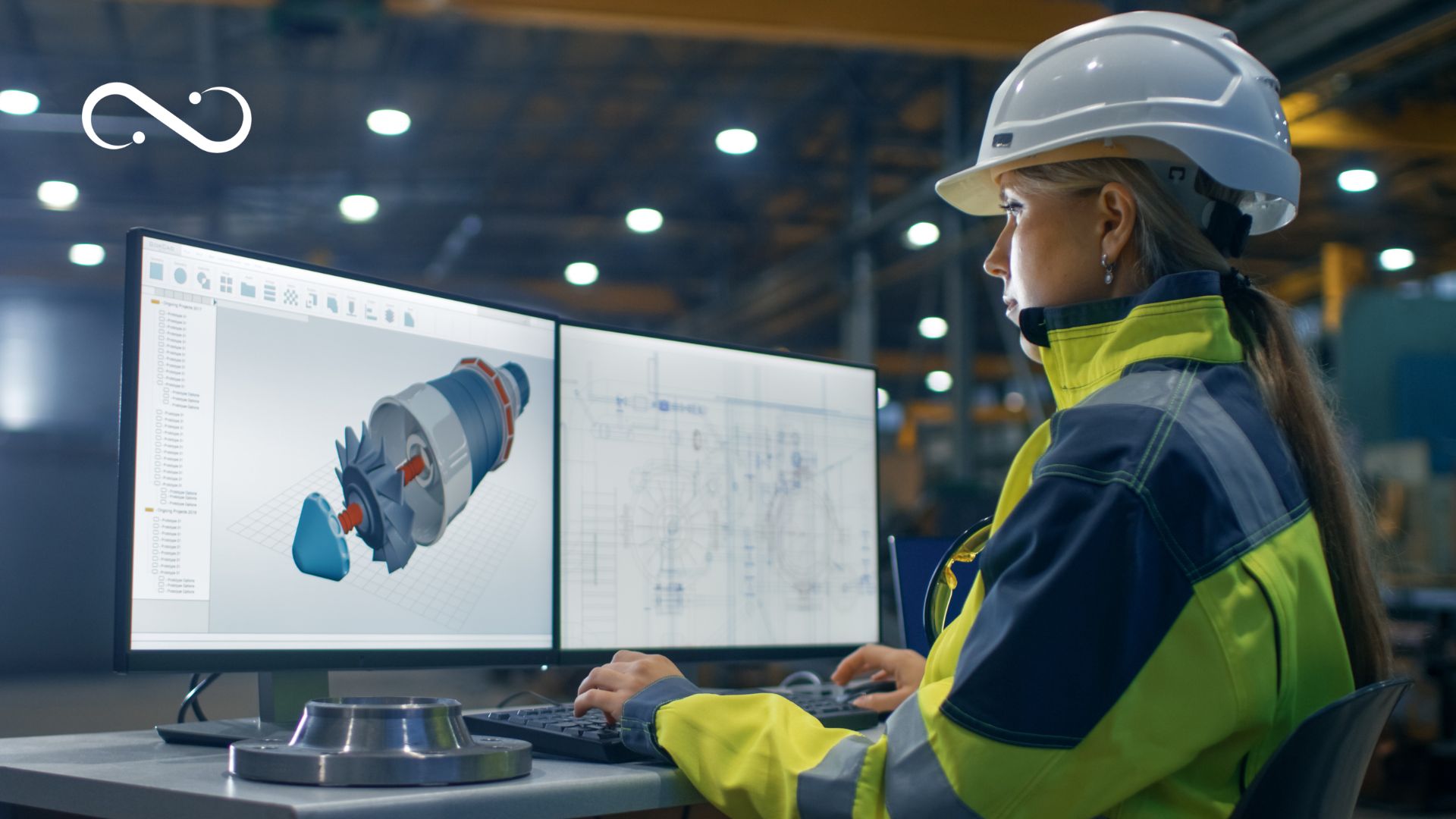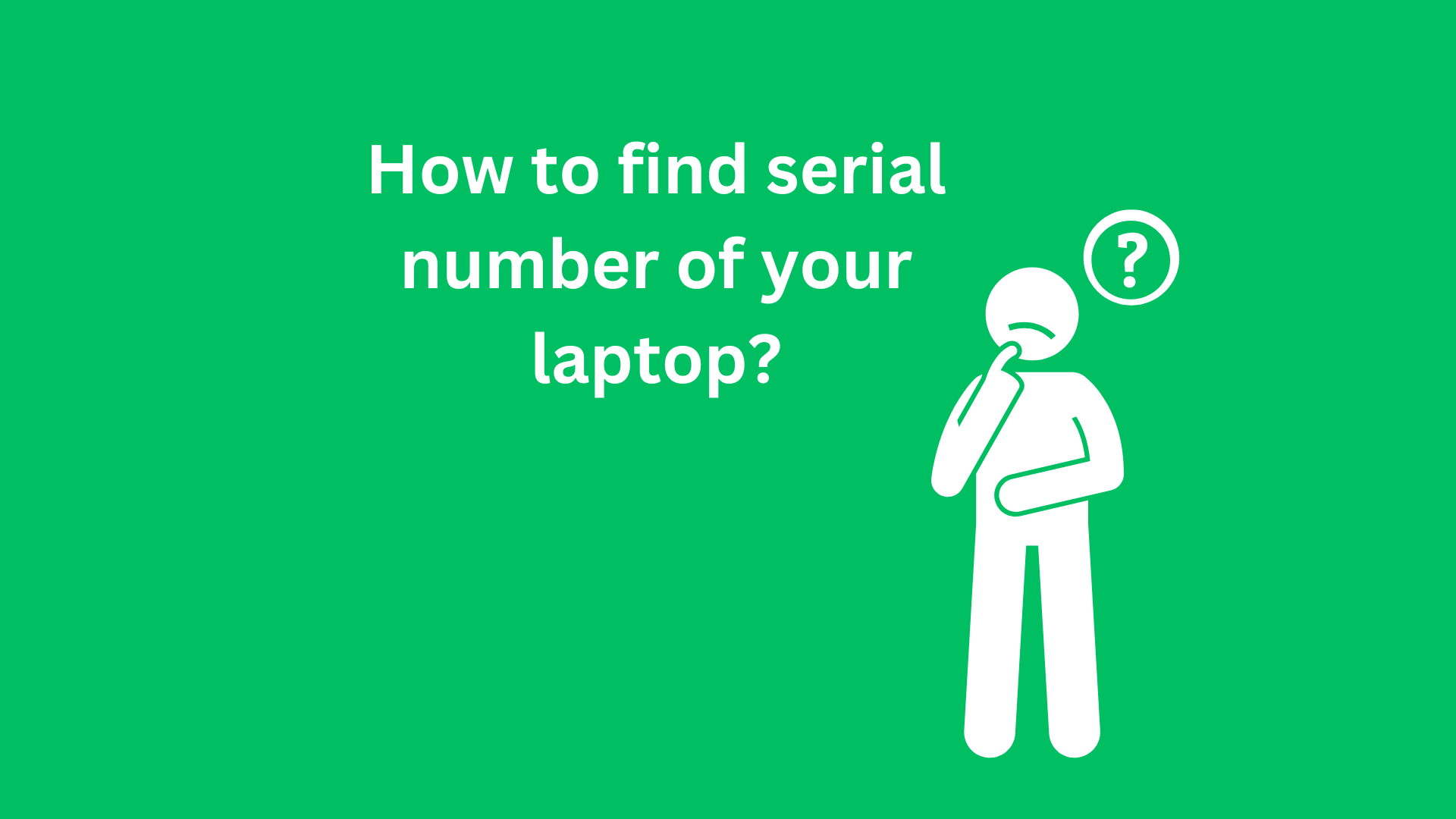How to Use HDMI on a Laptop: A Comprehensive Guide
In today’s digital age, utilizing high-definition multimedia interface (HDMI) technology is essential for enhancing the multimedia experience across various devices. Laptops, being a common and versatile tool for both personal and professional use, often come equipped with HDMI ports. This feature allows users to connect their laptops to a variety of external displays such as monitors, projectors, and televisions. In this blog post, we will explore how to use HDMI on a laptop, covering everything from connecting devices to troubleshooting common issues.

Understanding HDMI
HDMI is a standard for transmitting audio and video data from a source device, such as a laptop, to a display device, like a monitor or TV. It supports various resolutions and formats, including 4K and 1080p, providing users with the ability to enjoy crisp visuals and high-quality sound. In addition to video, HDMI can carry multiple audio channels, making it ideal for gaming, presentations, and streaming.
Checking for HDMI Port Compatibility
Before connecting your laptop to an external display, the first step is to check whether your laptop has an HDMI port. Most modern laptops are equipped with an HDMI output, but some models, especially ultra-portable ones, may feature a mini HDMI or USB-C port instead. Here’s how to determine your laptop’s HDMI compatibility:
- Locate the HDMI Port: Look for a rectangular port on the side of your laptop. If you see a port resembling an elongated trapezoid, it is likely a standard HDMI port.
- Identify Mini HDMI or USB-C Ports: If your laptop has a smaller port, it may require a mini HDMI adapter. Alternatively, many new laptops use USB-C ports, which can transmit HDMI signals with the help of a USB-C to HDMI adapter.
- Check Specifications Online: If you are unsure about your laptop type, consult the manufacturer’s website for technical specifications or user manual.
Connecting Your Laptop to an External Display
Once you have confirmed that your laptop supports HDMI connectivity, you can proceed to connect it to an external display. Follow these steps:
Step 1: Gather the Necessary Equipment
You will need:
- An HDMI cable compatible with your laptop and the external display.
- An external display (TV, monitor, or projector) that has an HDMI input.
Step 2: Connect the Devices
- Power on the Devices: Ensure both your laptop and external display are powered on.
- Plug in the HDMI Cable: Insert one end of the HDMI cable into your laptop’s HDMI port and the other end into an available HDMI port on your external display.
- Select Input Source: Most external displays automatically detect the HDMI signal. However, if it does not, you may need to change the input source. Look for a button on the monitor or TV remote labeled “Input,” “Source,” or similar, and select the corresponding HDMI input.
Step 3: Configure Display Settings
Your laptop may automatically mirror its display onto the external monitor or projector. If not, you will need to configure the display settings manually:
- Windows Laptop:
- Right-click on the desktop and select “Display settings.”
- Scroll down to the “Multiple displays” section. Here, you can choose options like “Duplicate,” “Extend,” or “Second screen only” depending on your preference.
- Click “Apply” to confirm the changes.
- Mac Laptop:
- Open “System Preferences” from the Apple menu.
- Select “Displays,” then click on the “Arrangement” tab. You can choose to mirror displays or set the external display as an extended desktop.
Troubleshooting Common HDMI Issues
Despite the simplicity of connecting devices via HDMI, there may be instances where technology does not cooperate. Below are some common issues users may encounter along with their solutions:
Issue 1: No Signal Detected
- Check Connections: Ensure that the HDMI cable is securely connected at both ends.
- Inspect the HDMI Cable: Try using a different HDMI cable to rule out any faults.
- Change Input Source: Verify that the external display is set to the correct HDMI source.
Issue 2: Resolution Problems
- Adjust Display Settings: If the resolution appears incorrect, return to the display settings as outlined earlier and select an appropriate resolution that your external display supports.
Issue 3: Audio Not Working
- Set the Default Audio Output: In Windows, right-click the speaker icon in the taskbar, select “Playback devices,” click on the HDMI device, and set it as the default.
- Check Volume Levels: Ensure that the volume on both your laptop and the external display is turned up and not muted.
Issue 4: Flickering or Distorted Image
- Change HDMI Ports: If the display continues to flicker, try a different HDMI port on the monitor or switch to a different HDMI cable.
- Update Graphics Drivers: Ensure that your laptop’s graphics drivers are up to date for optimal performance.
Conclusion
Using HDMI with a laptop is a straightforward process that significantly enhances the viewing experience by providing high-definition audio and video output. Whether you are streaming your favorite films, conducting business presentations, or gaming with friends, HDMI connectivity allows for a seamless transition between devices. By following this comprehensive guide, you can easily connect your laptop to an external display, troubleshoot common issues, and enjoy a superior multimedia experience. With a little practice, you will be able to leverage the power of HDMI effortlessly and enjoy the rich content that modern technology has to offer.






